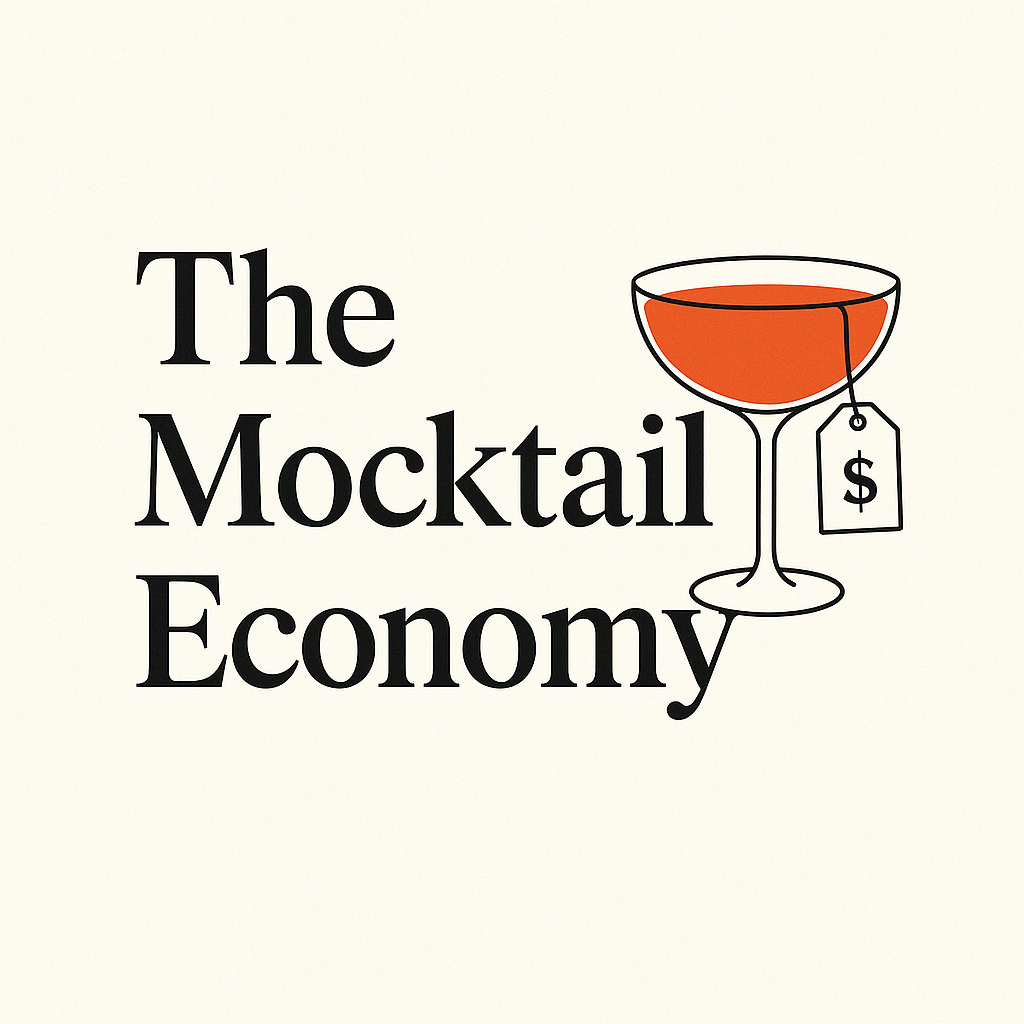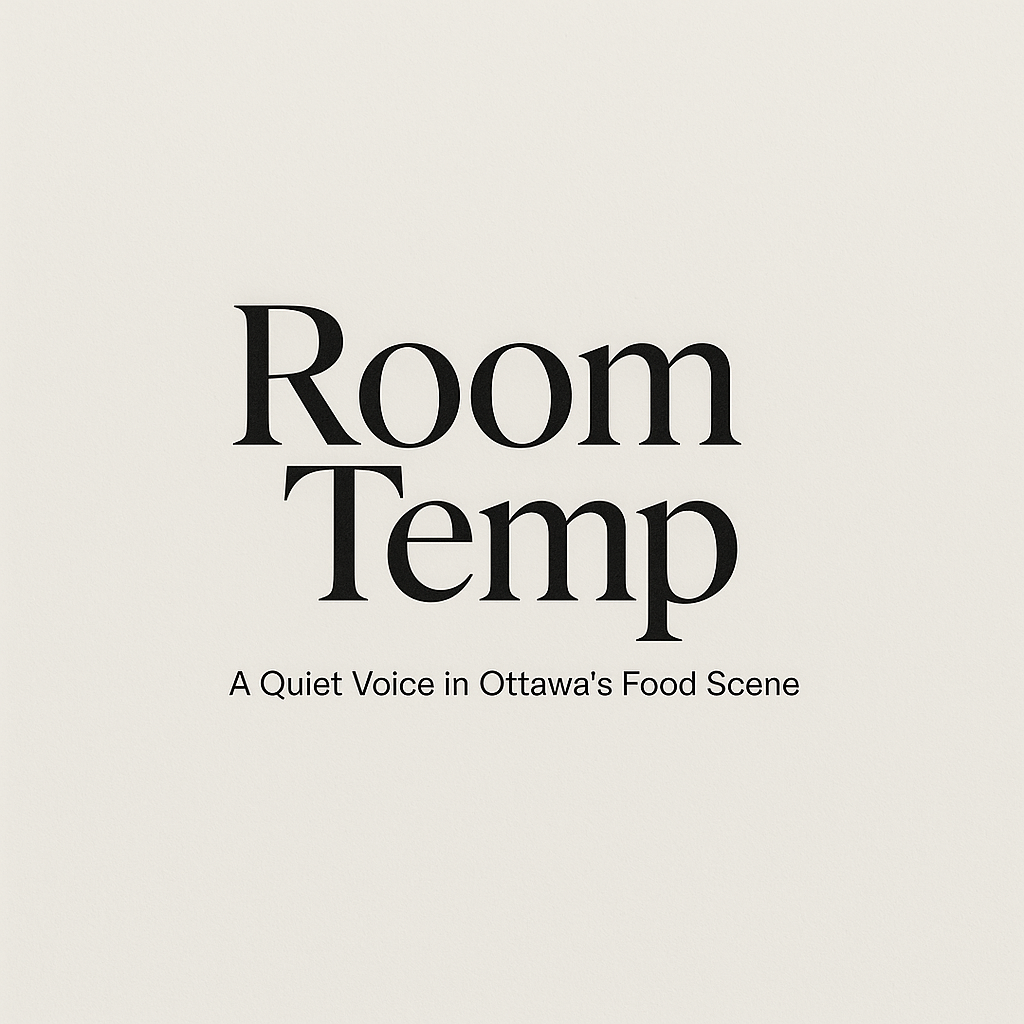The Mocktail Economy

There was a time when “not drinking tonight” meant a glass of sparkling water and a polite smile. Now it means a $14 “zero-proof cocktail” made with foraged spruce tips, fermented pineapple, and something called verjus cordial — served in a coupe glass with a dramatic garnish.
Non-alcoholic drinks have gone luxe. They’re no longer afterthoughts; they’re entire menus, with tasting pairings to match. Some restaurants in Ottawa are even offering parallel pairings — one with wine, one without — at the same price.
For many diners, this is a dream: finally, an alternative that feels intentional and celebratory. For others, it’s starting to feel like… a racket. Are we really paying $16 for what is essentially a fancy iced tea?
The truth is, good zero-proof drinks take work. They need balance, complexity, bitterness — all the things that wine or spirits would normally bring to the party. But they also give restaurants a new revenue stream with massive margins. It’s hard not to wonder if the “wellness” trend just happens to be good for the bottom line, too.
The mocktail economy is here to stay. The only question is: will diners keep paying champagne prices for juice blends? Or will we eventually hit the point where someone says, “Water’s fine, thanks.”
